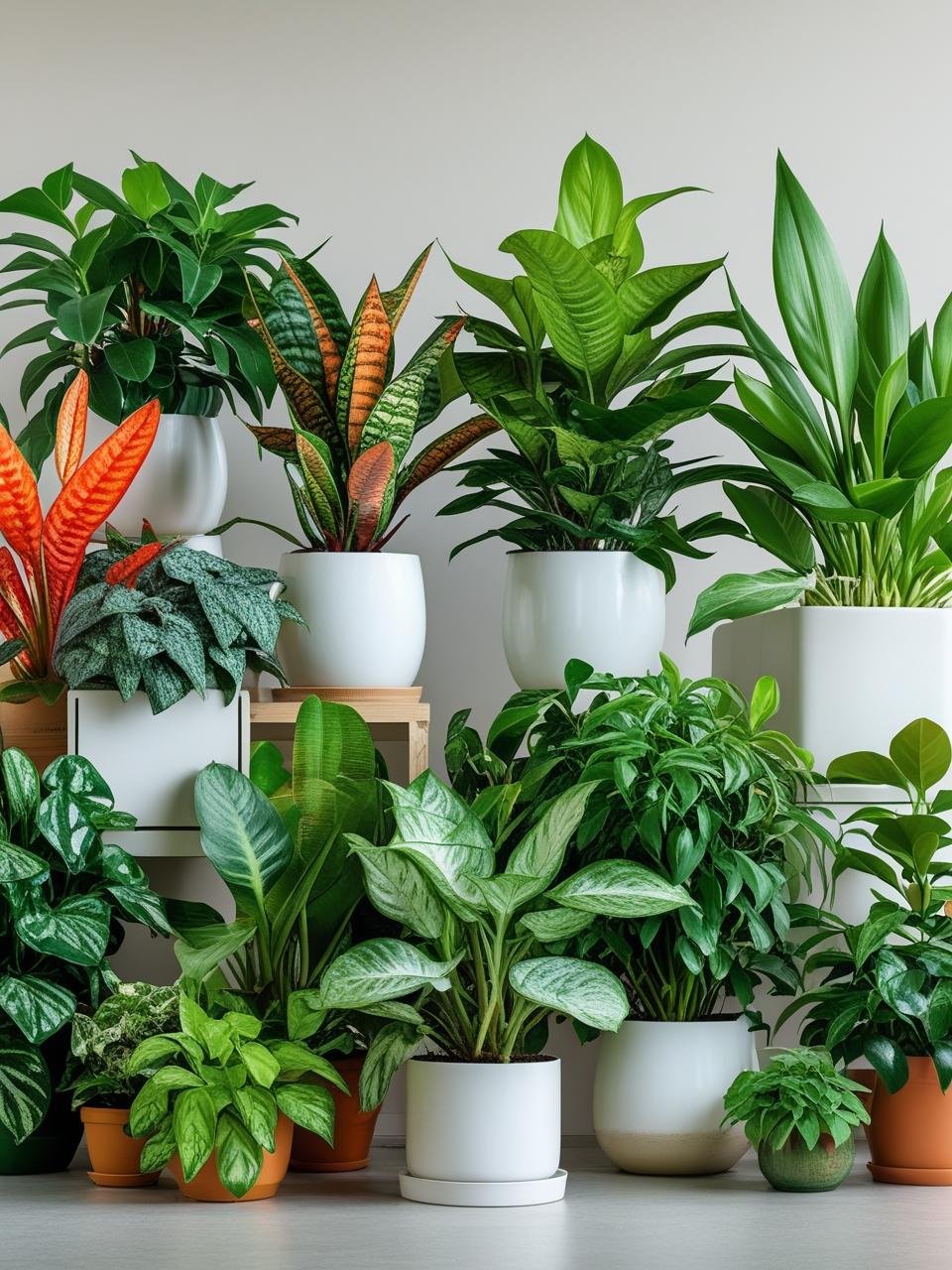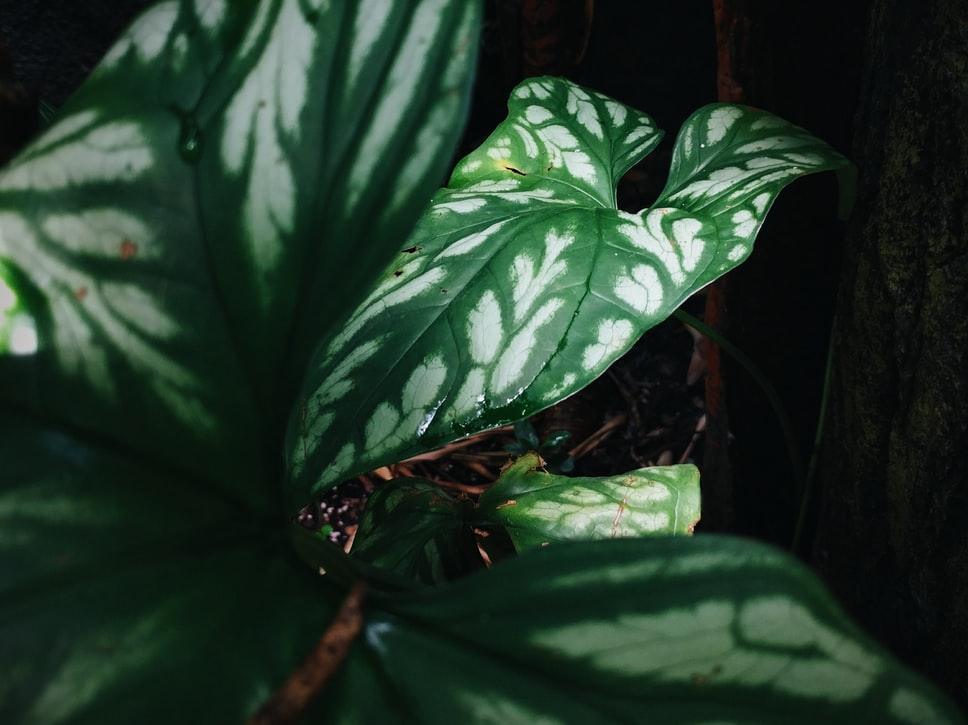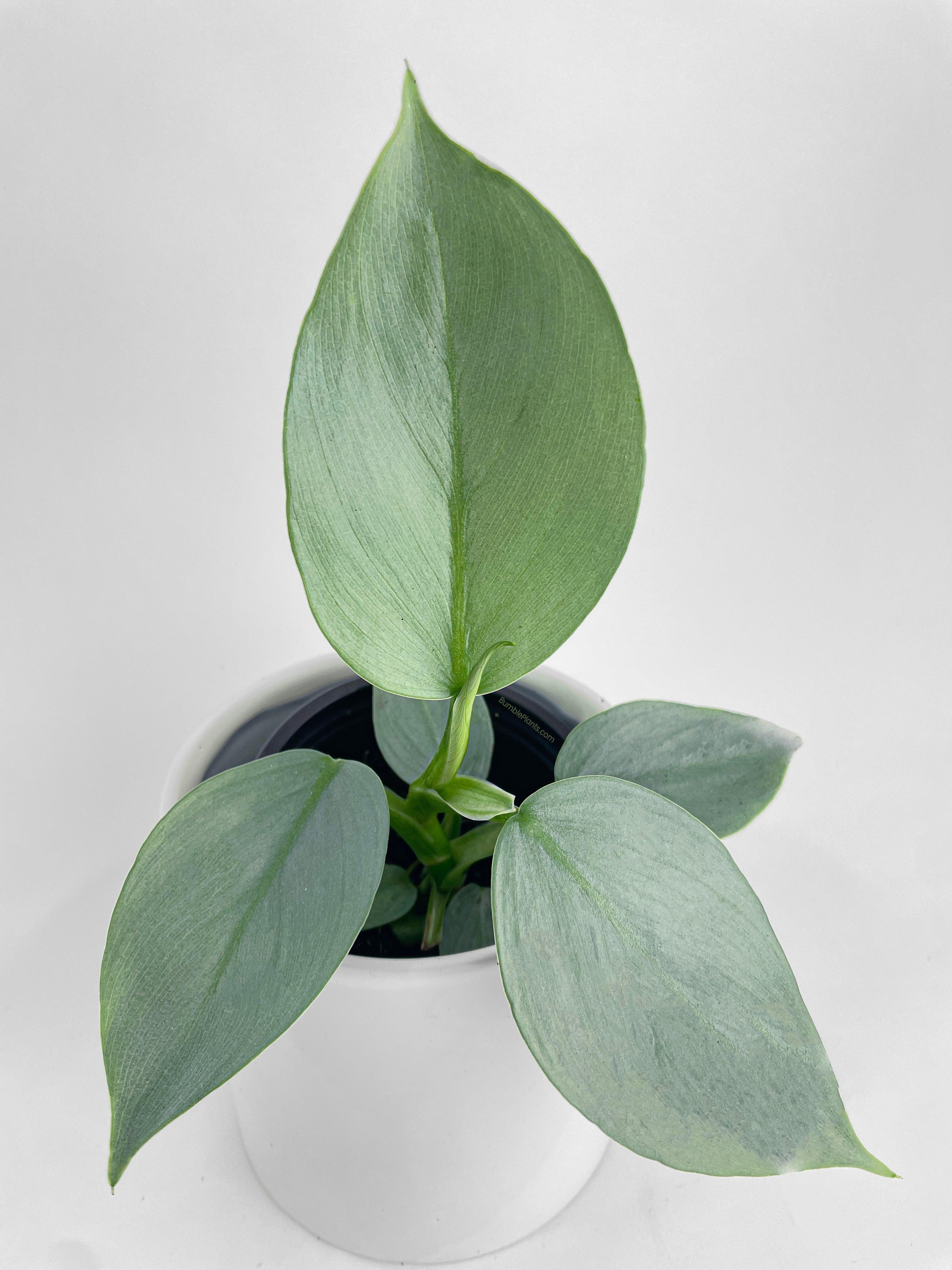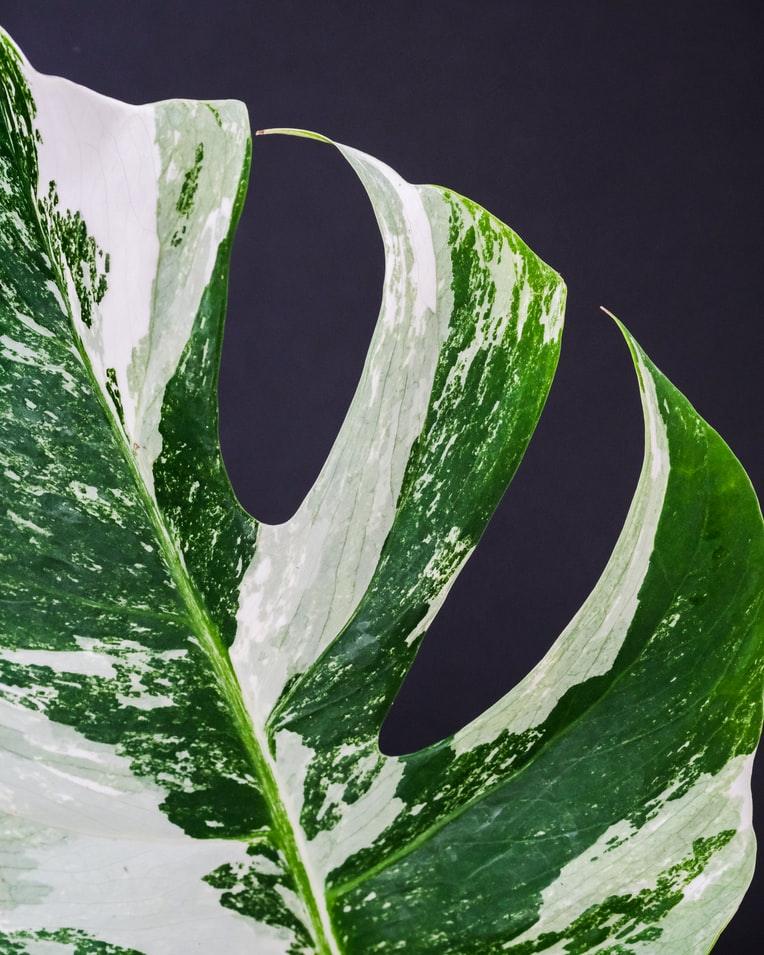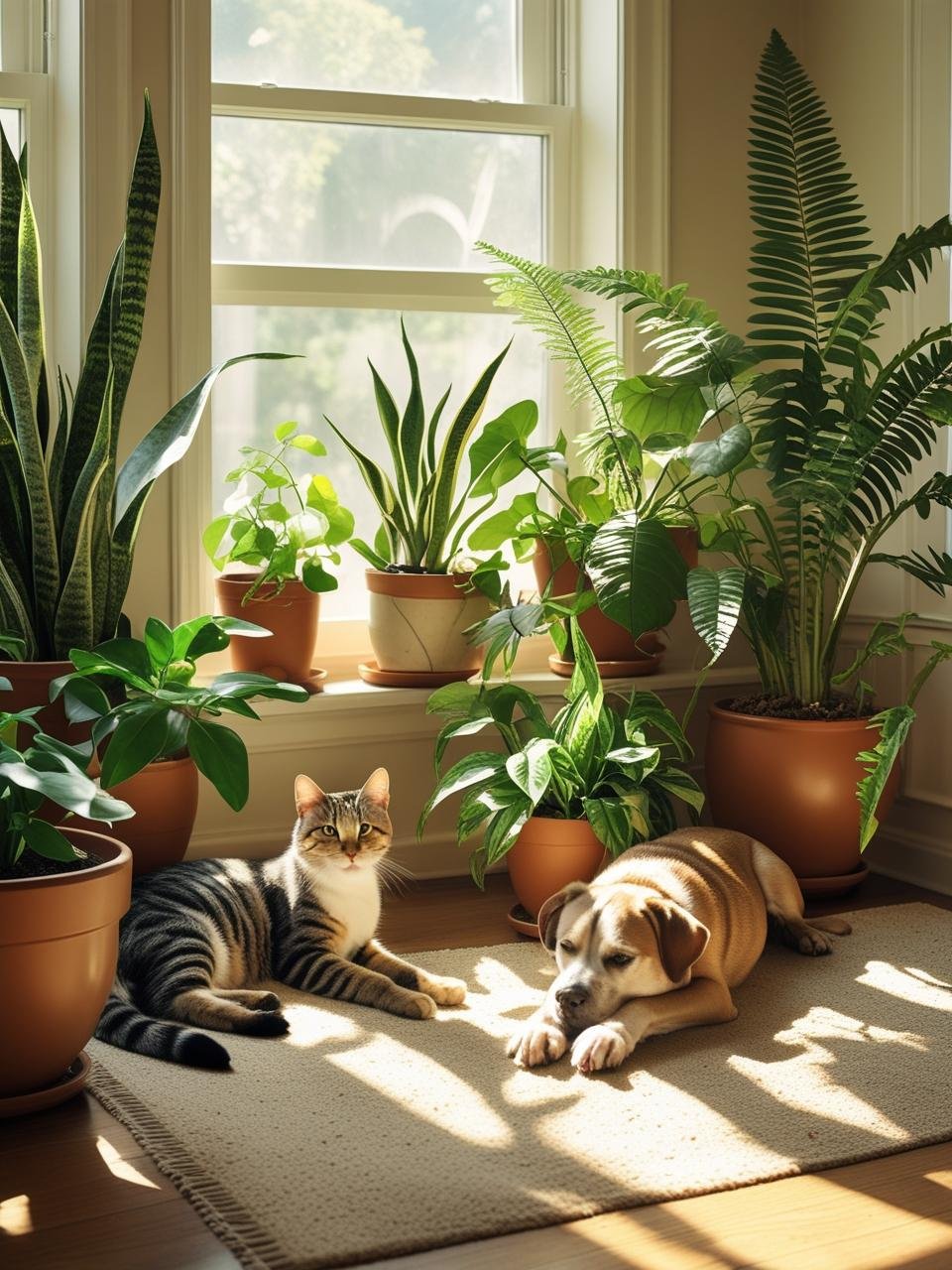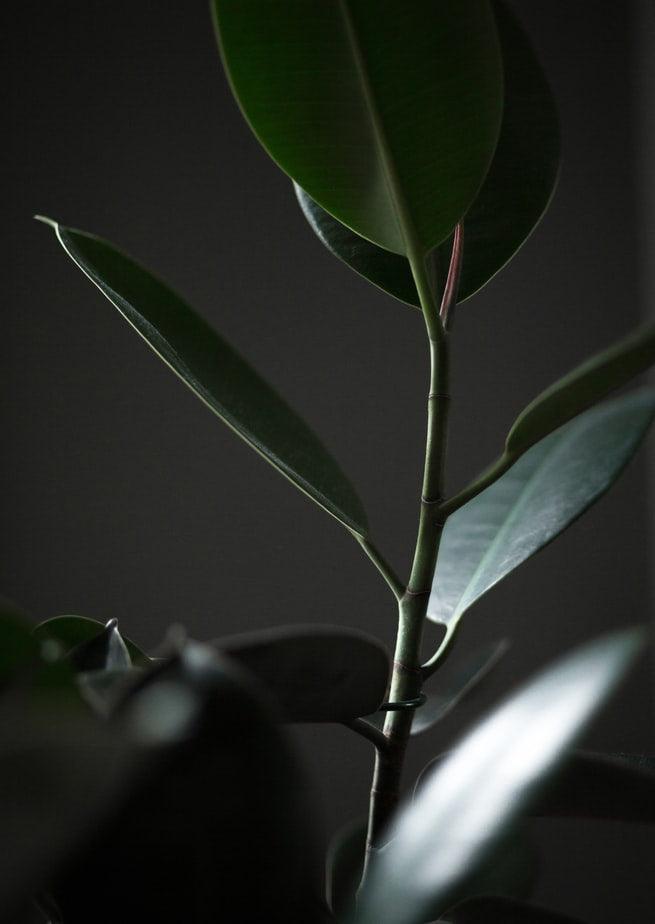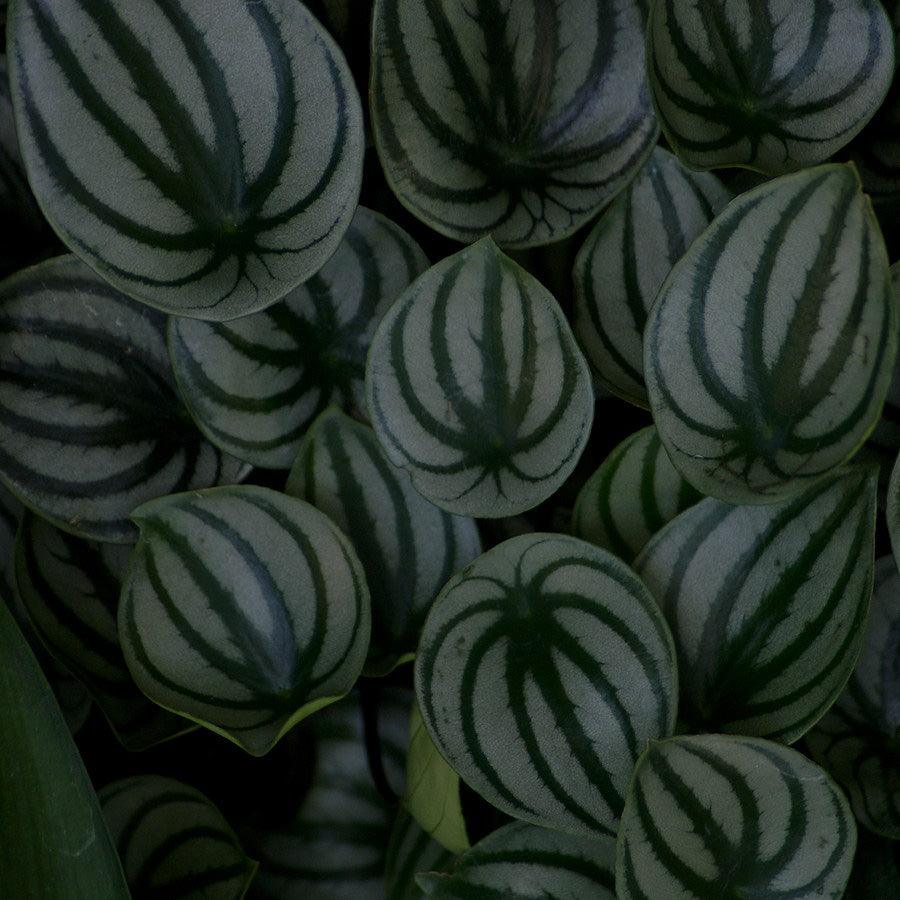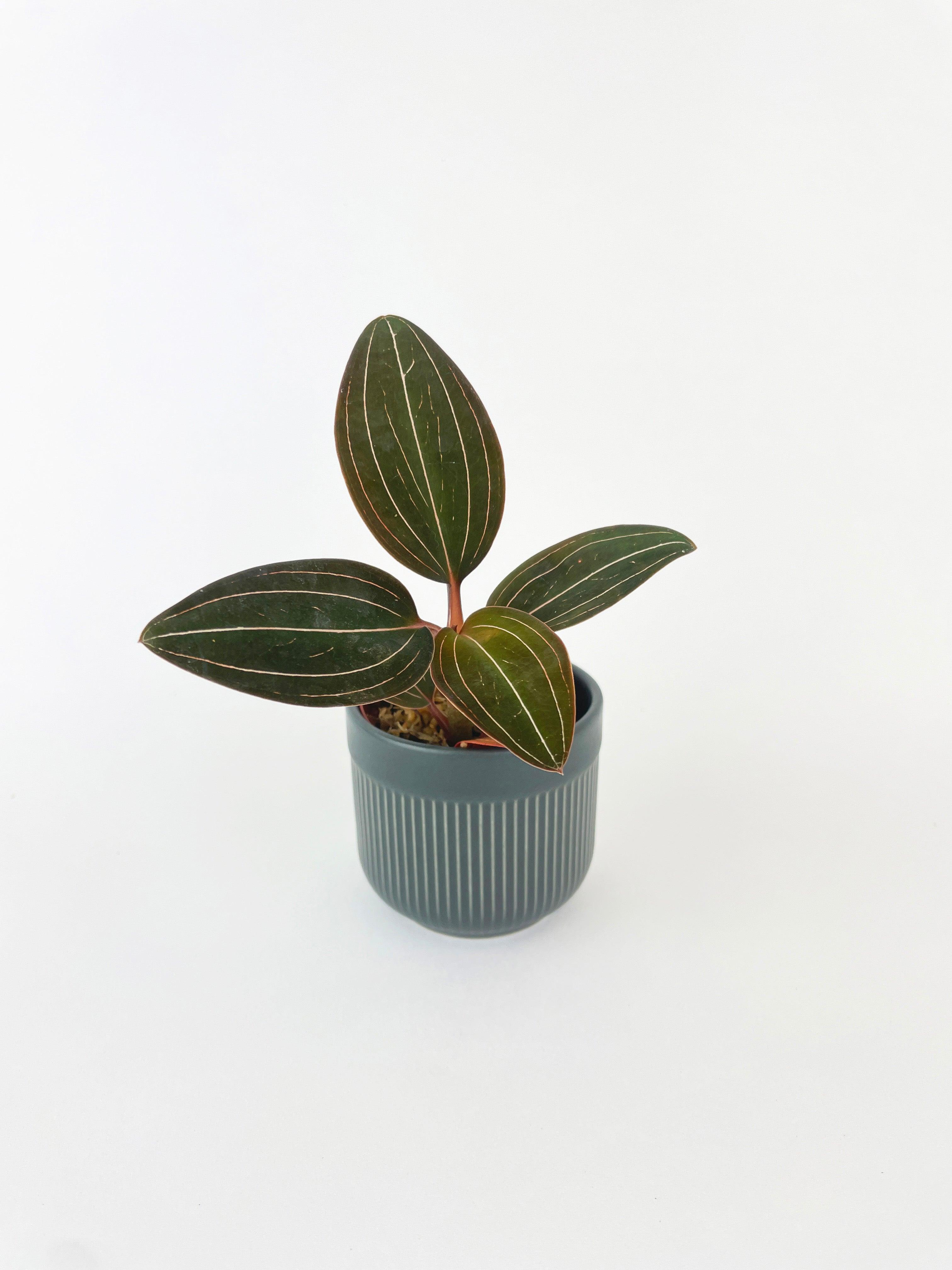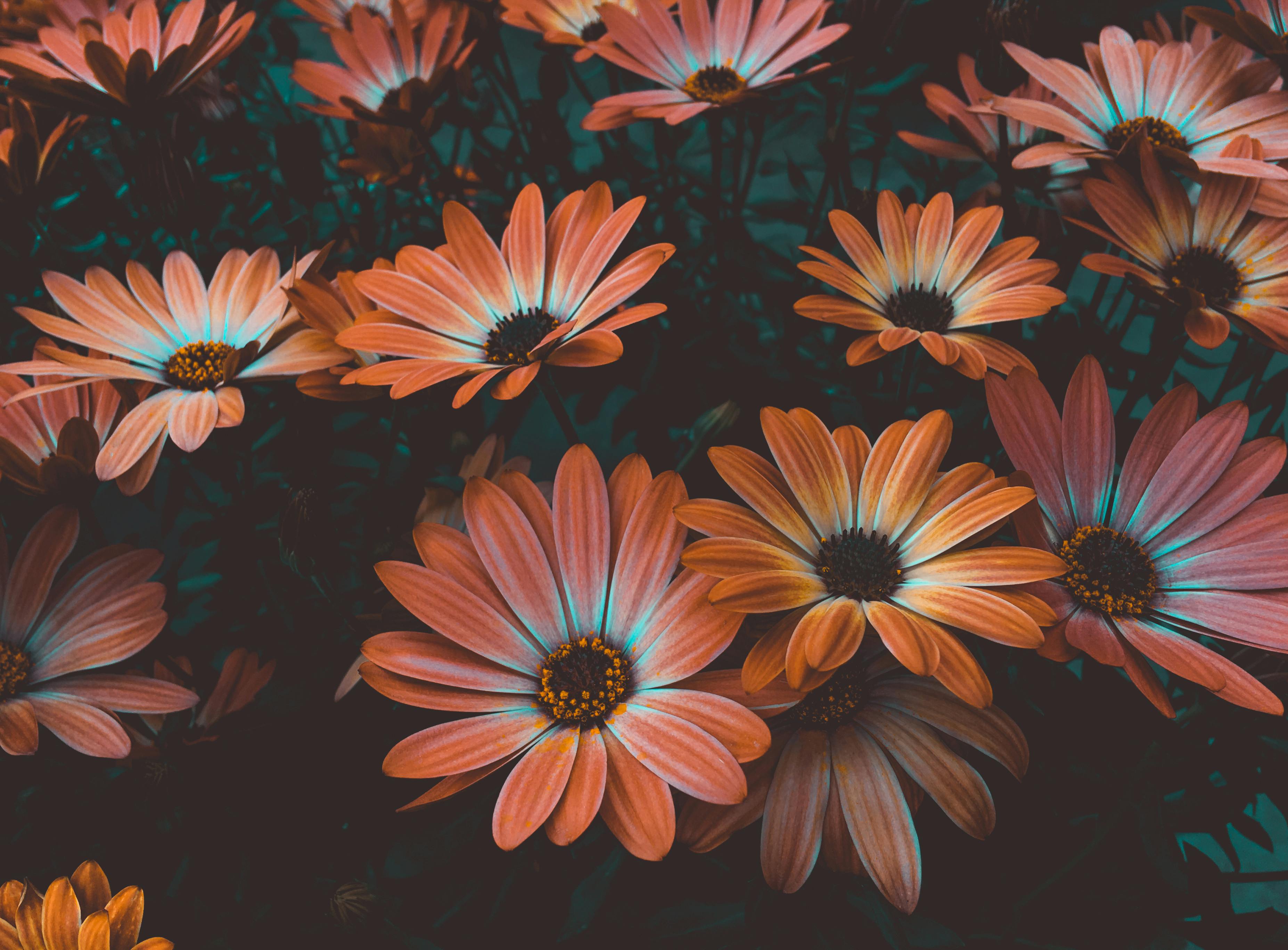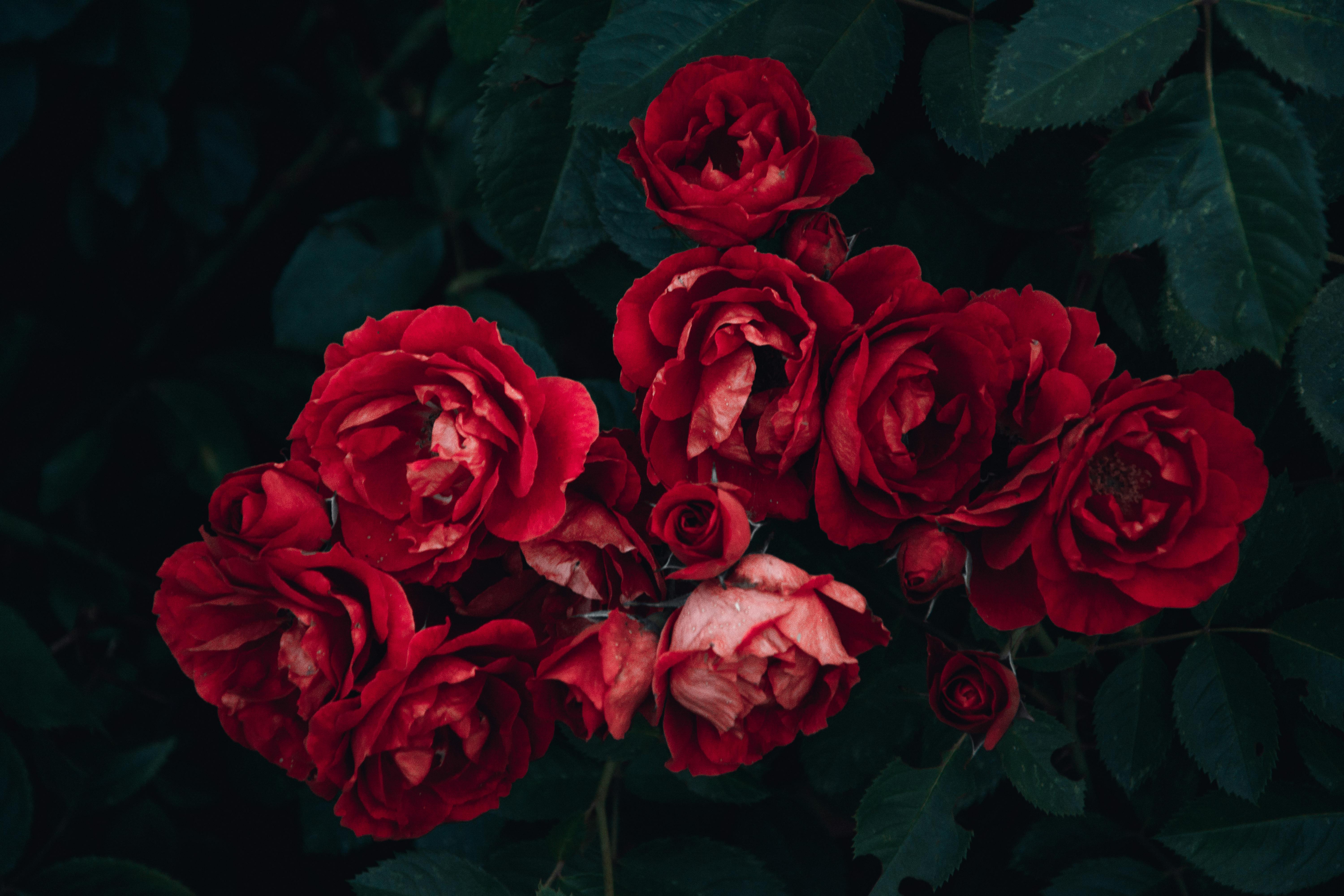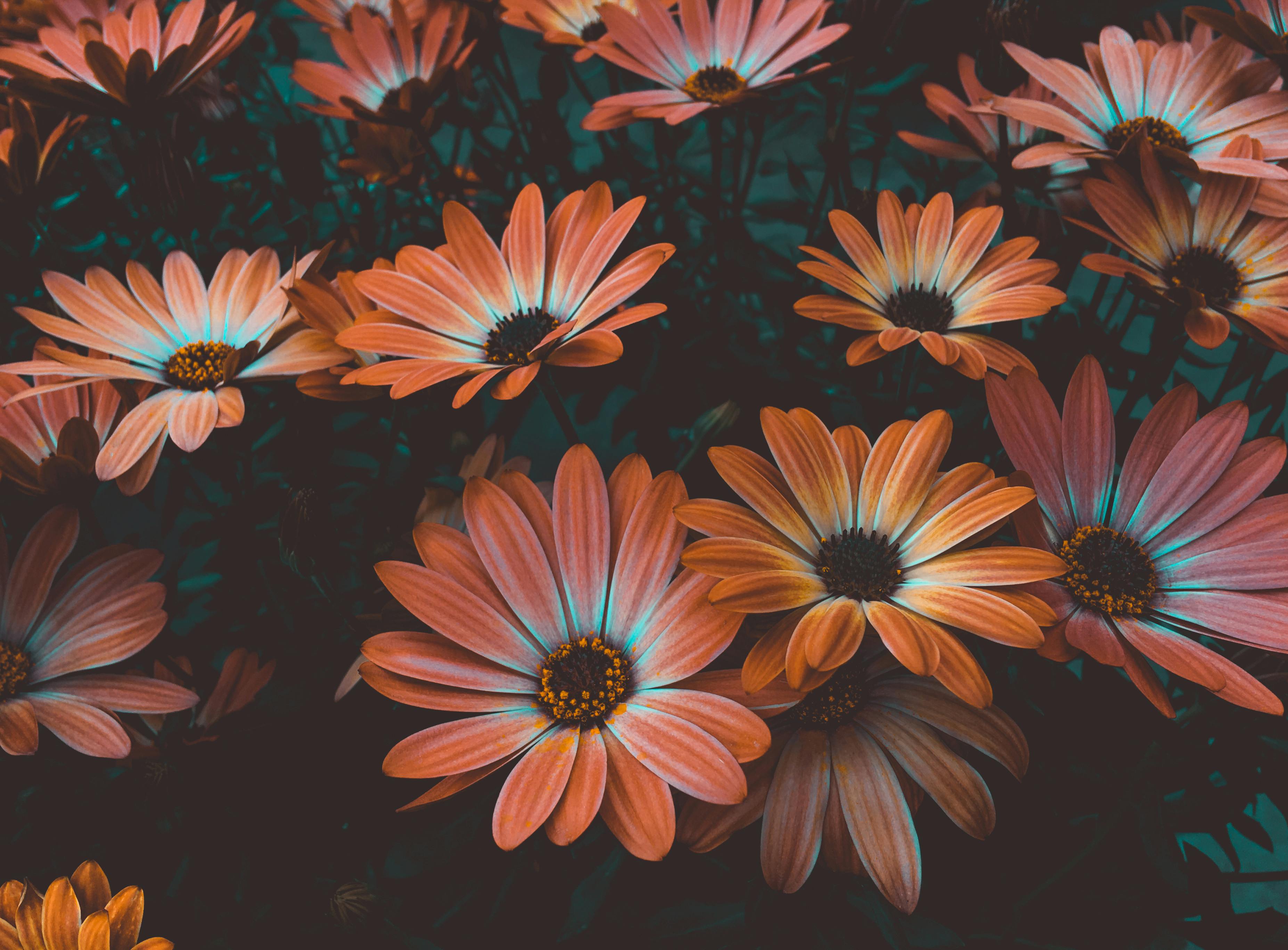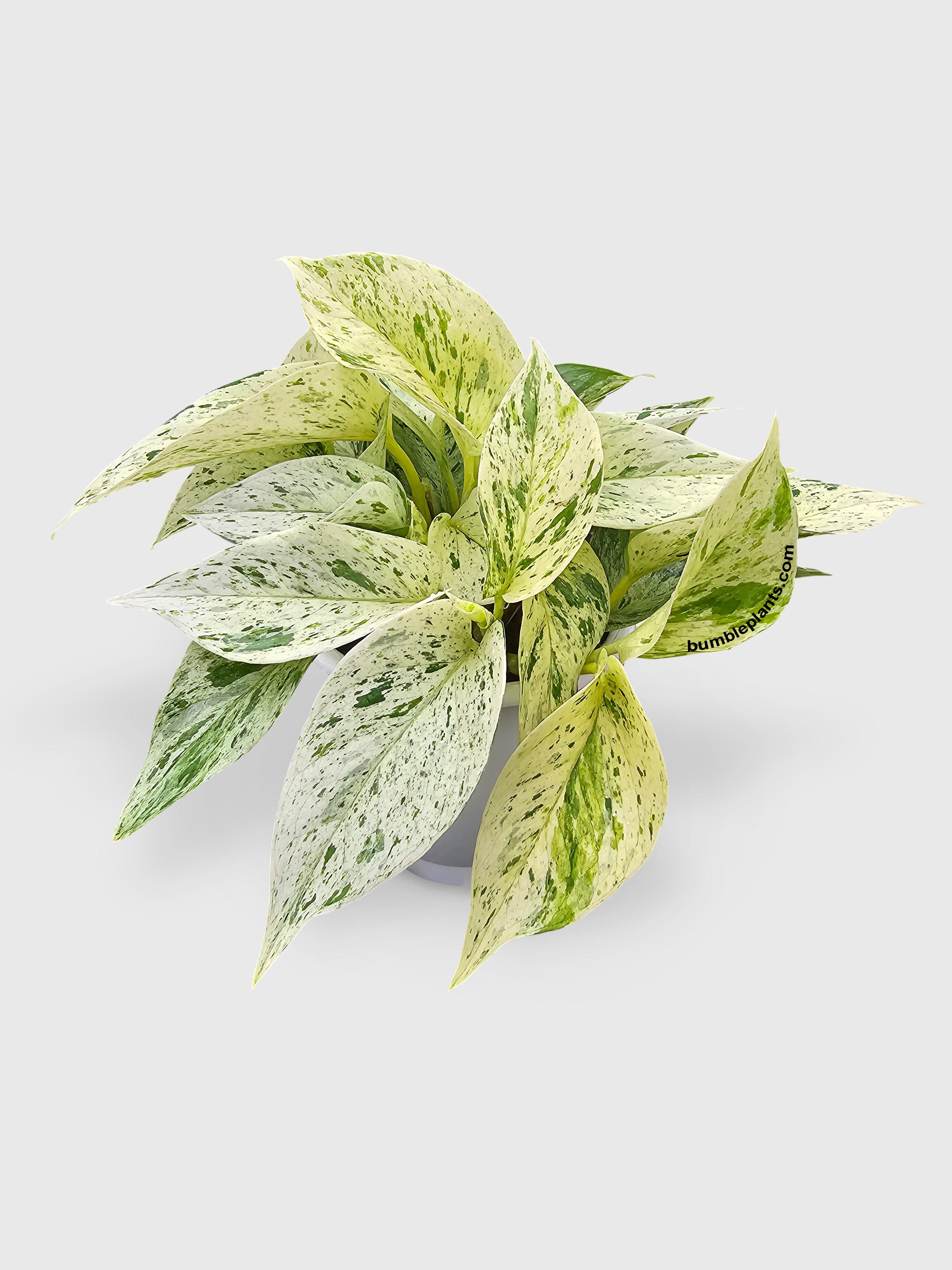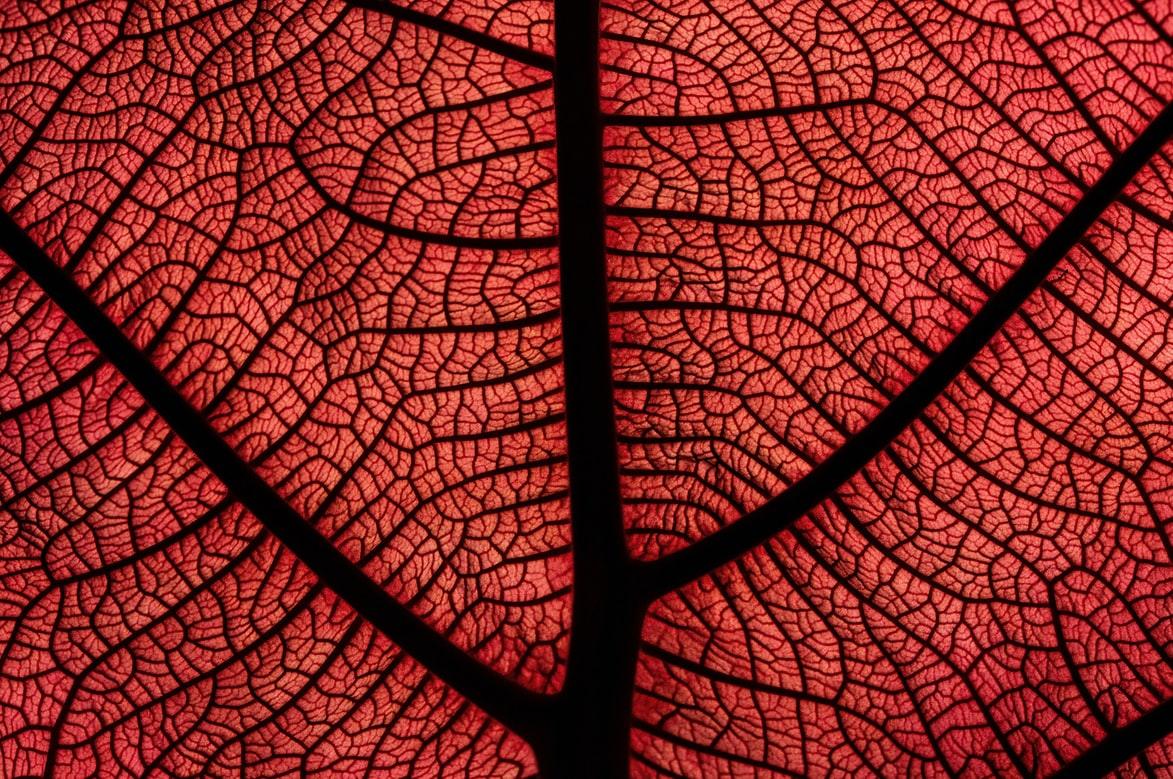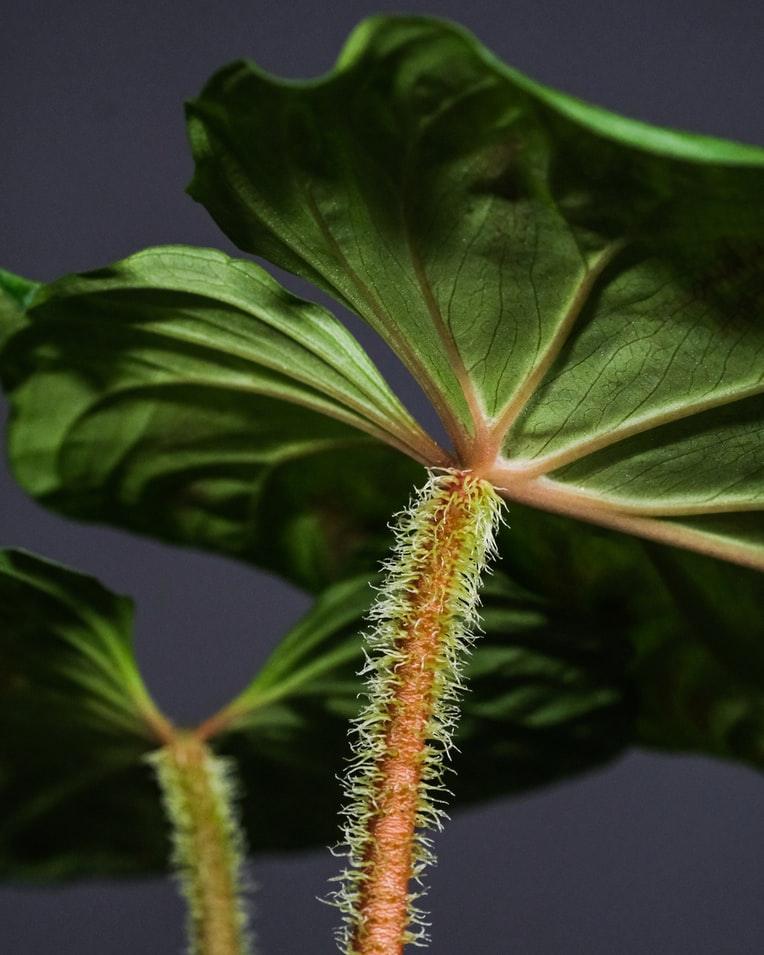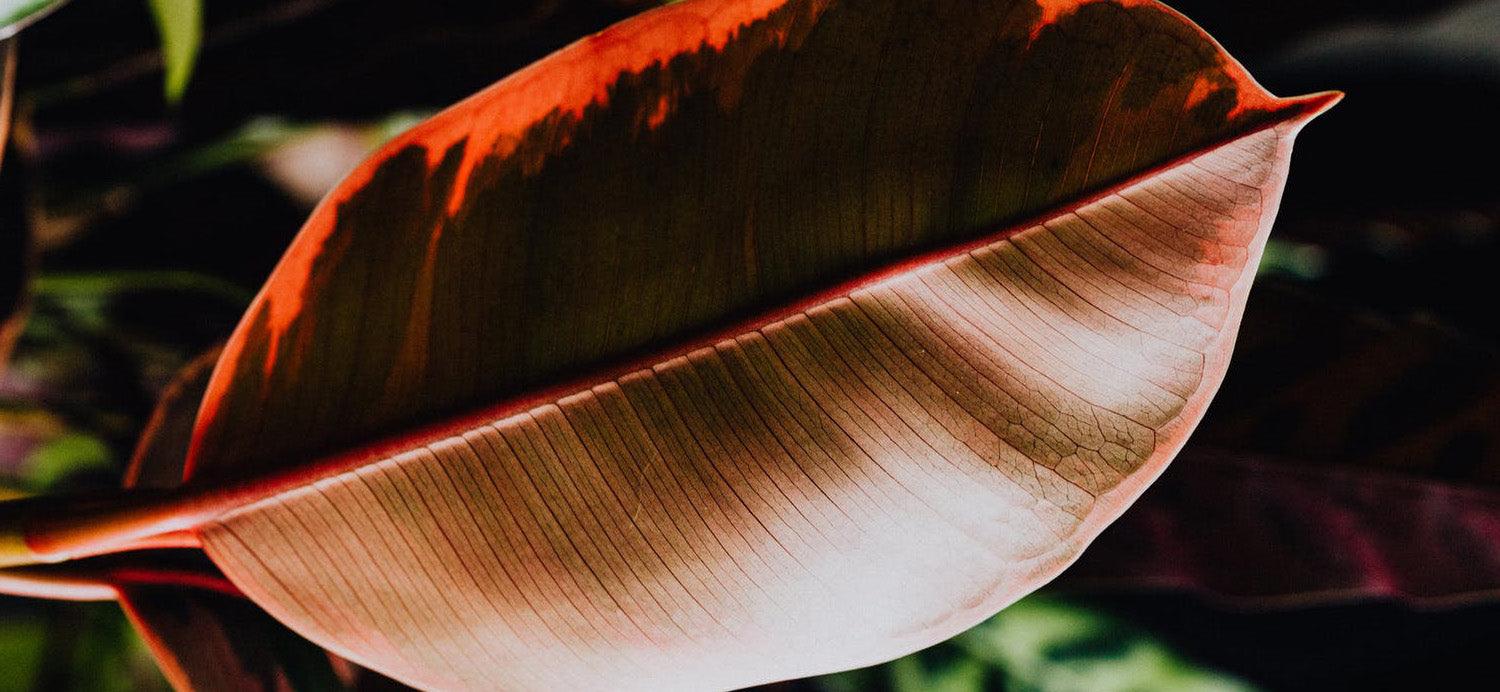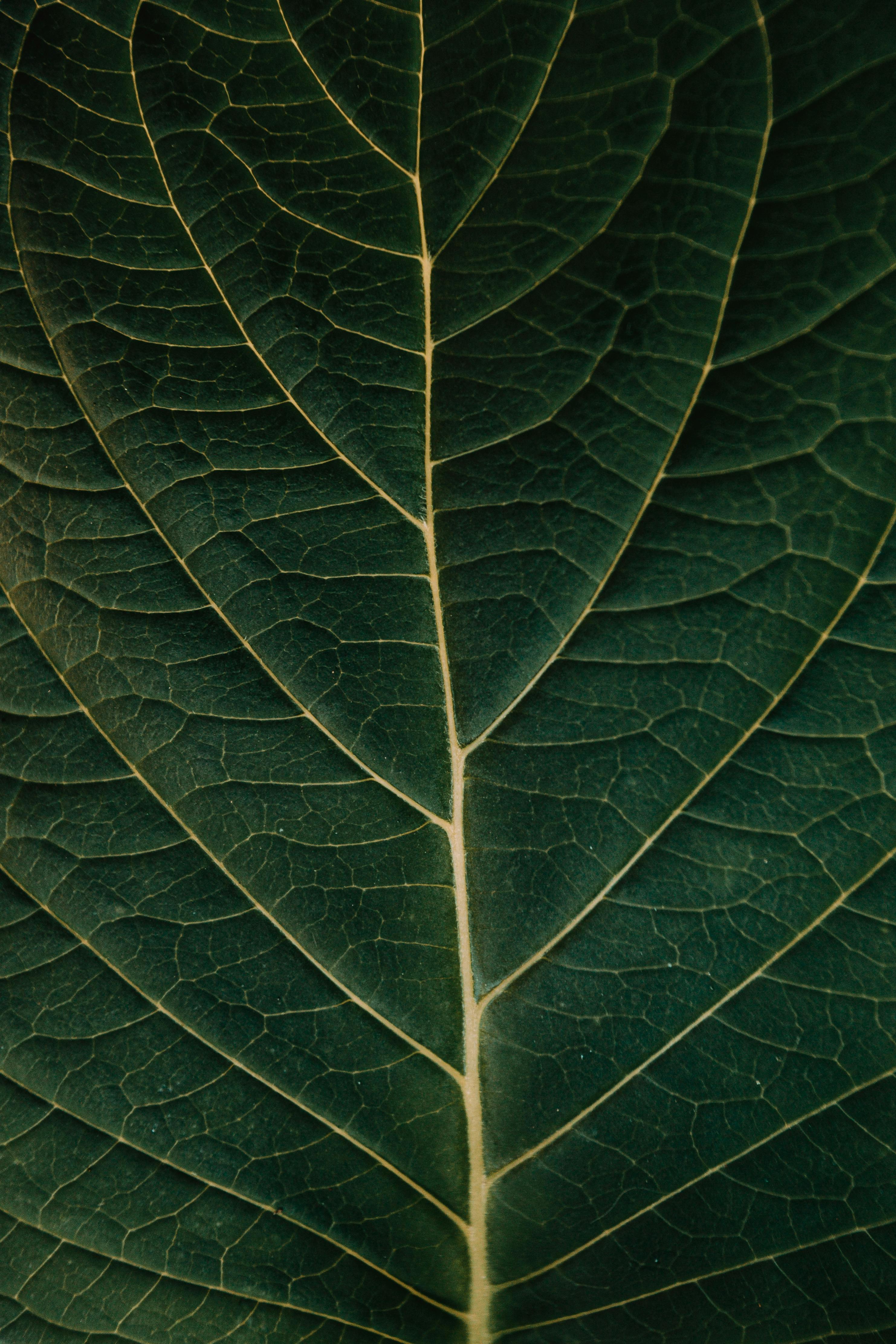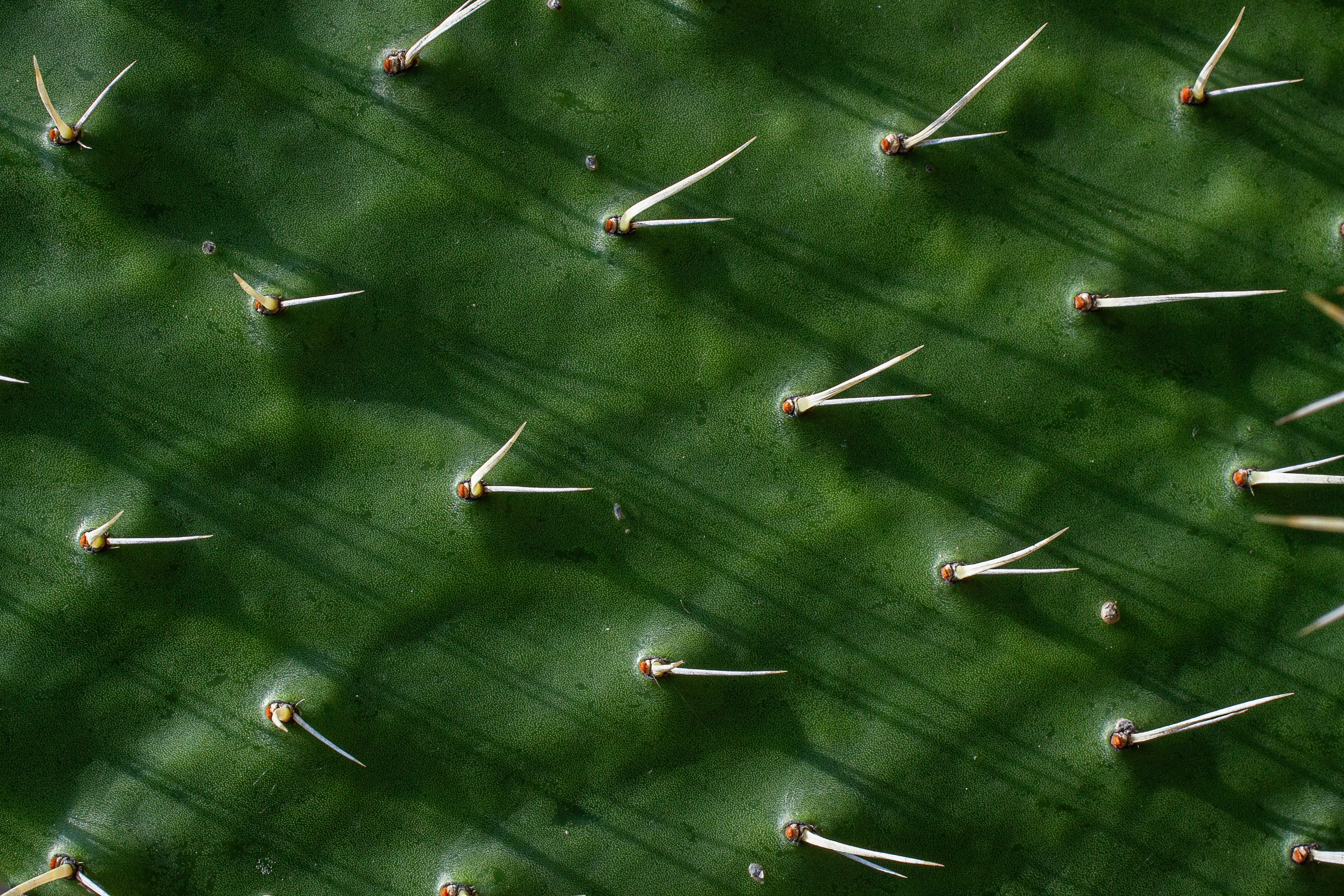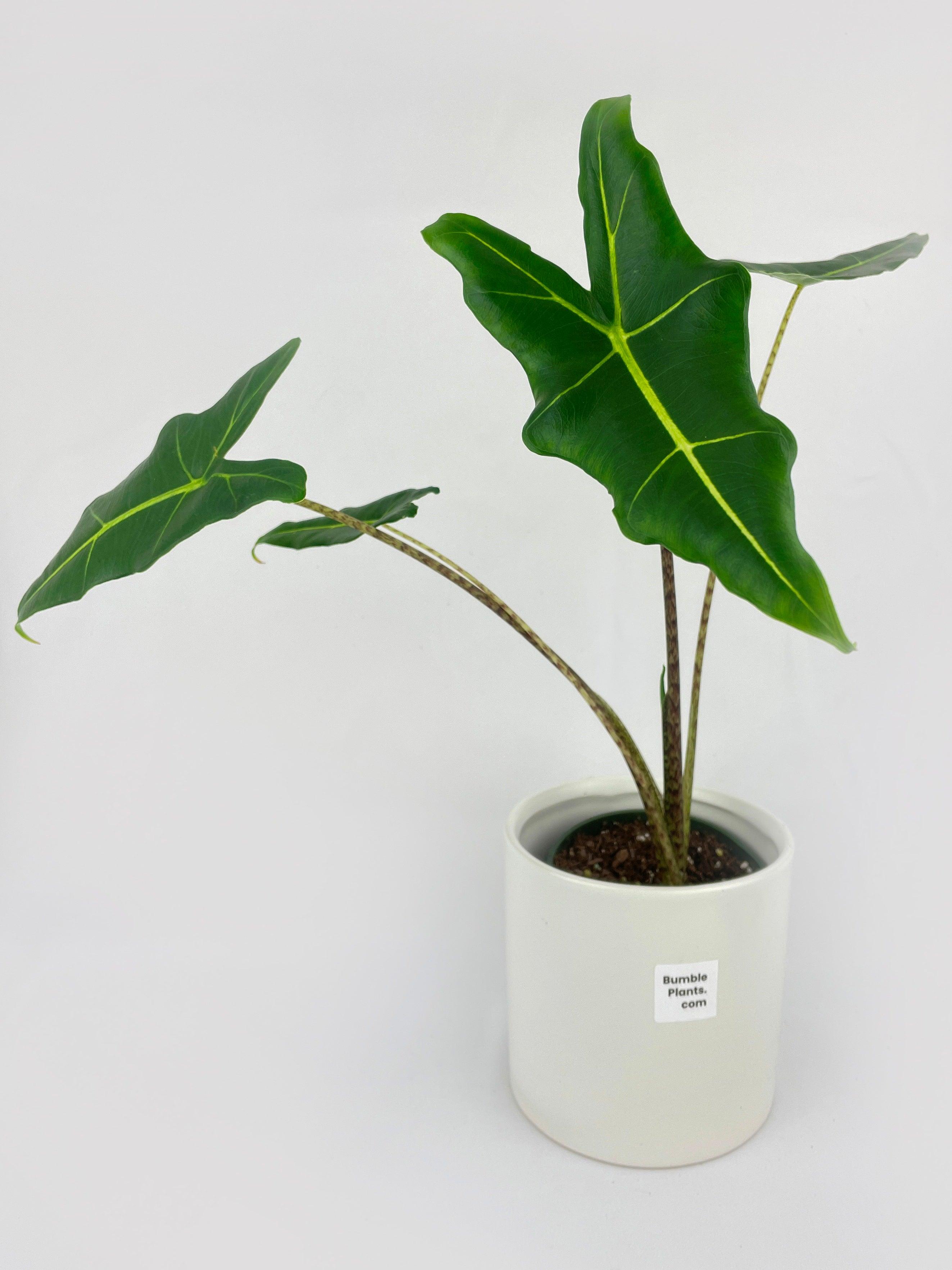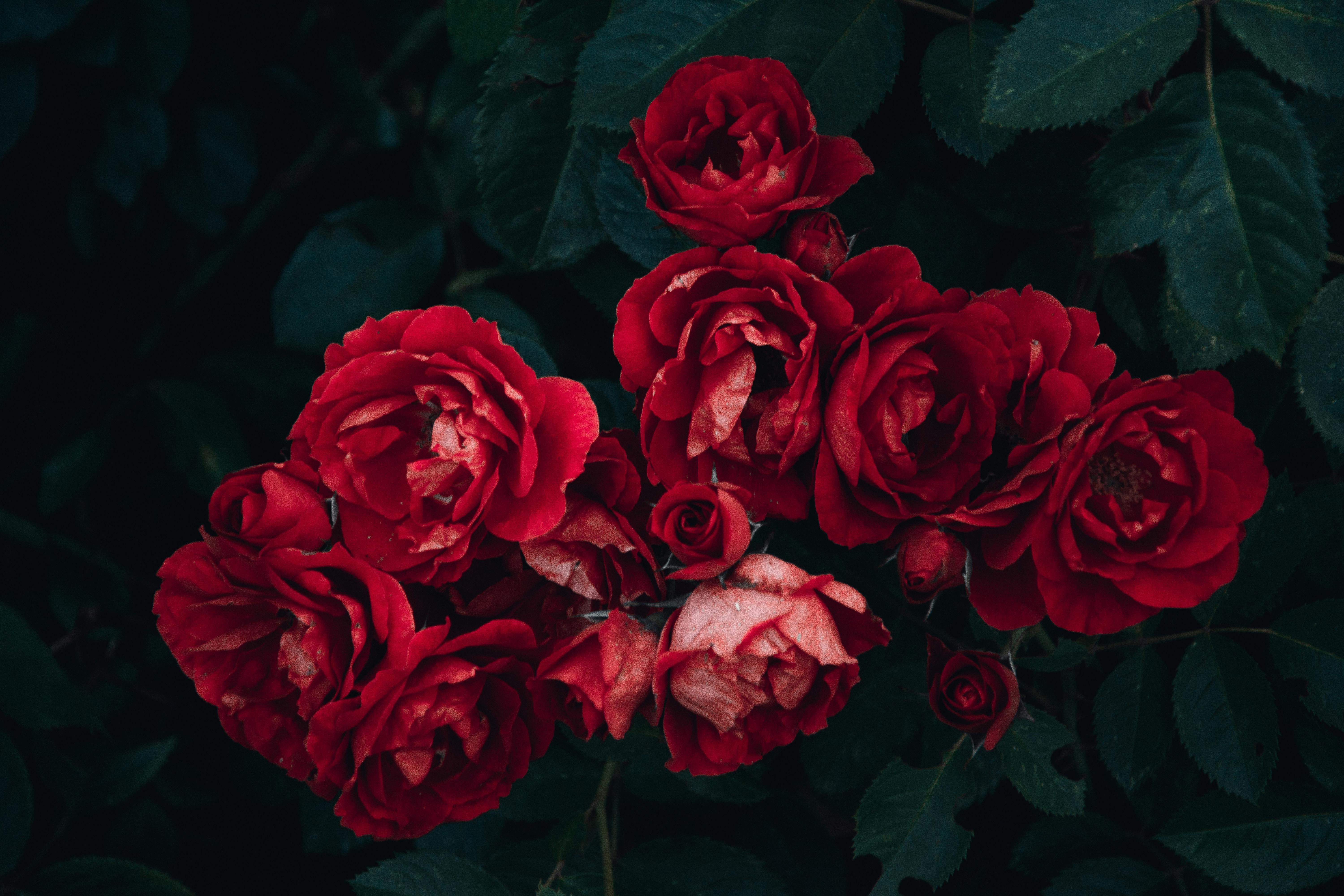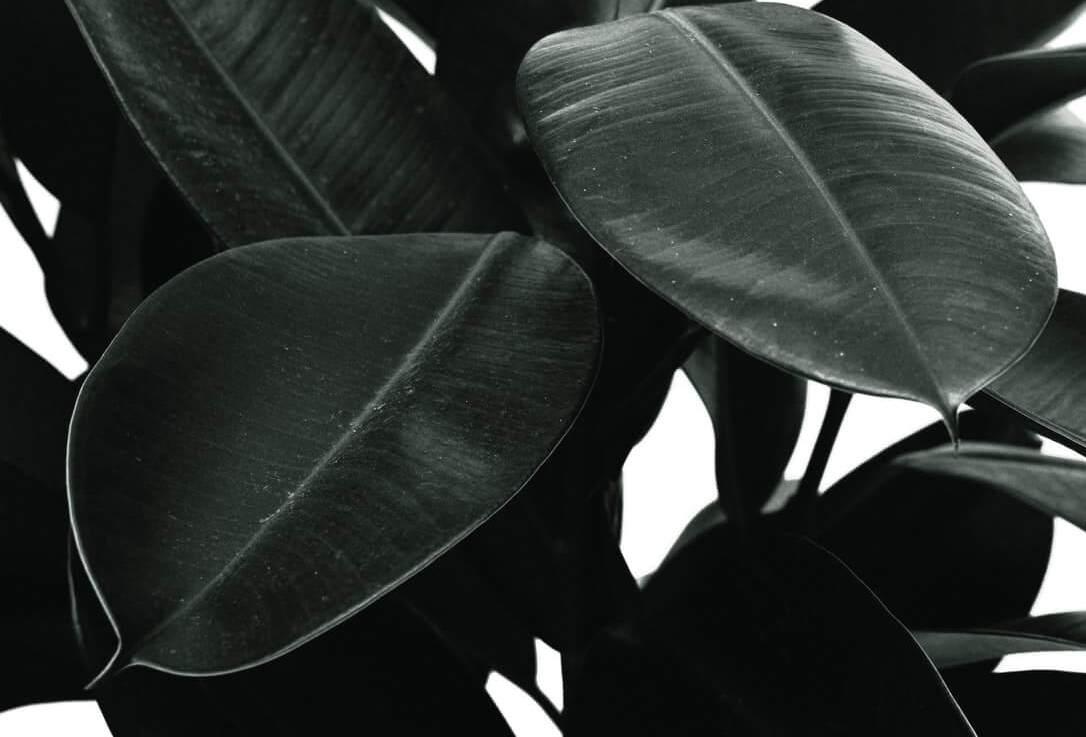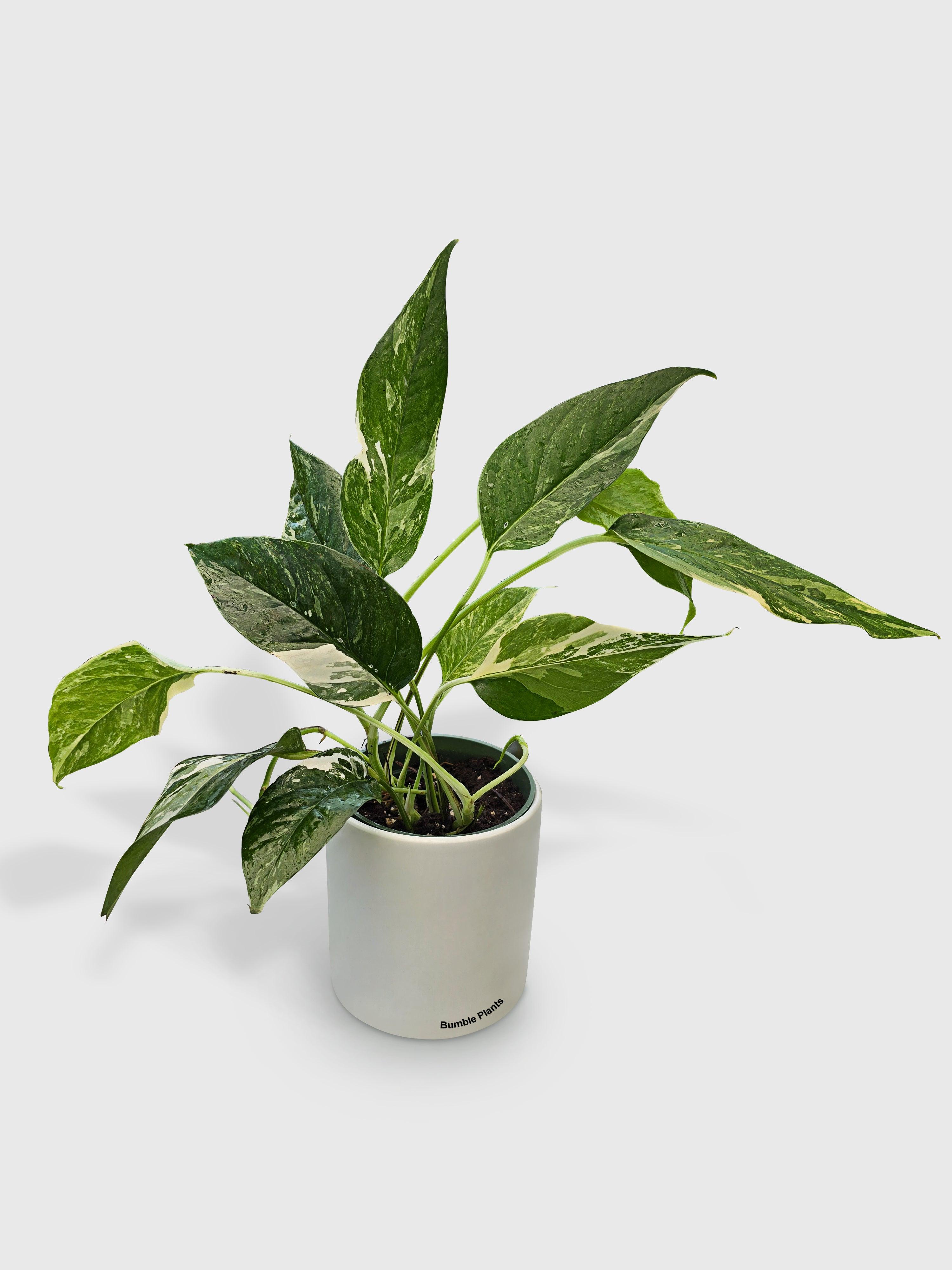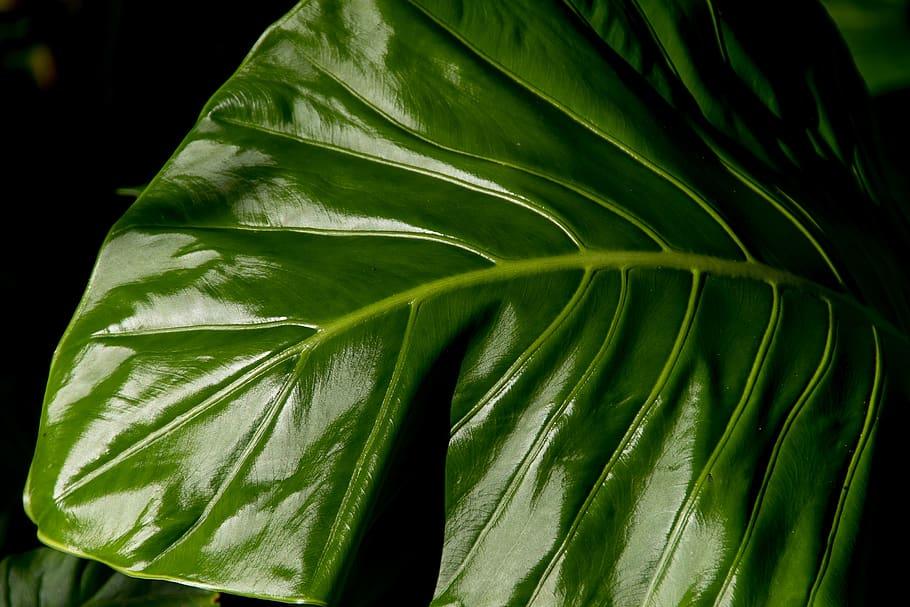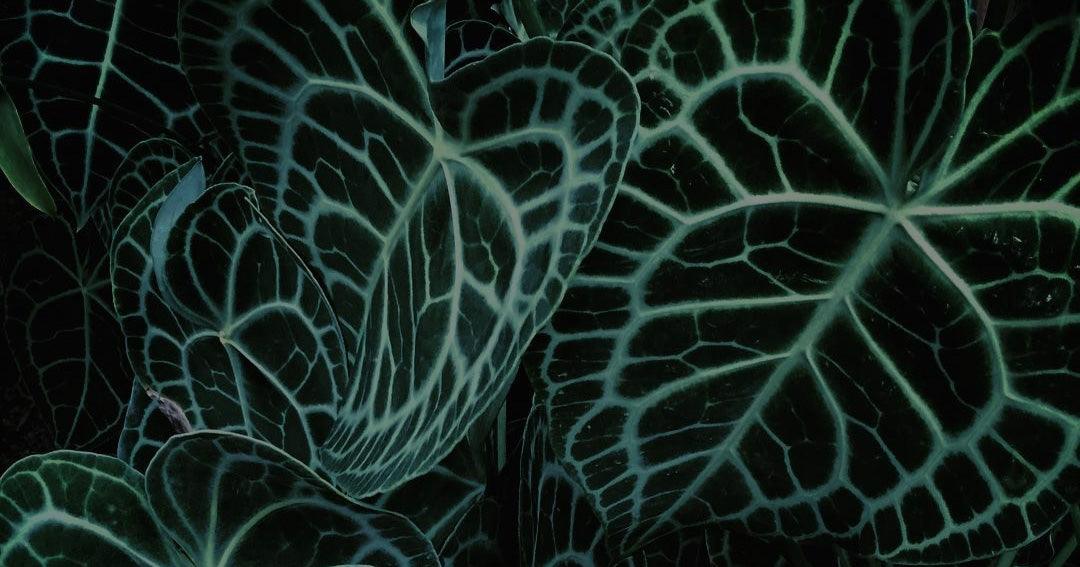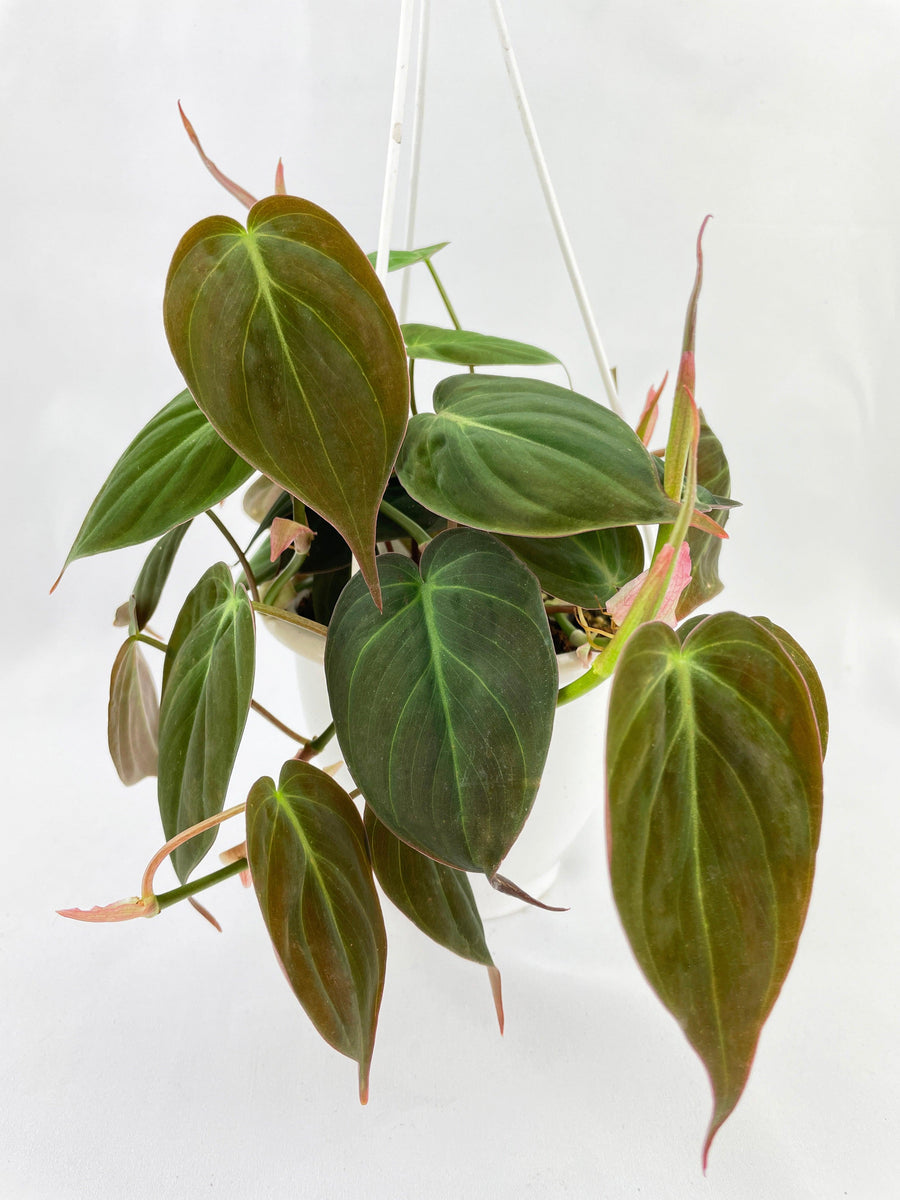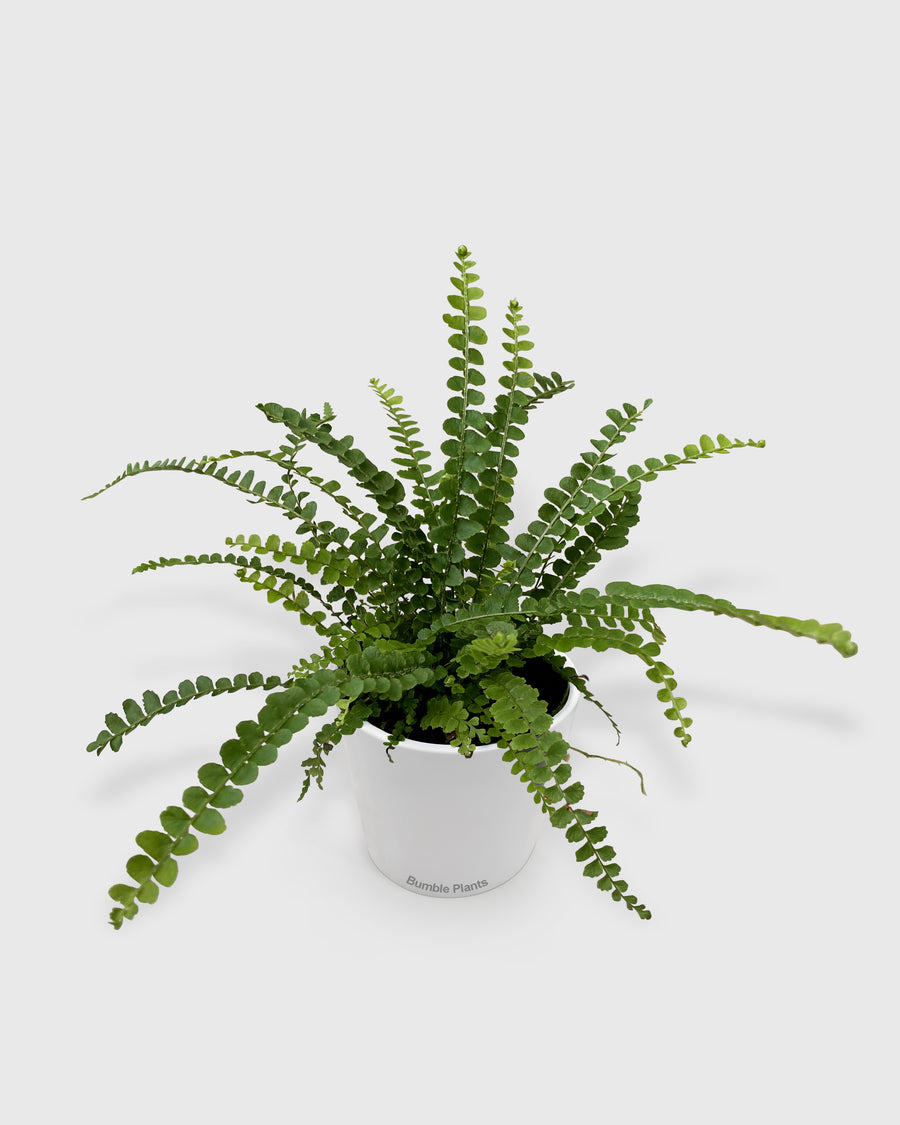Monstera Plant Care Made Easy: A Step-by-Step Guide to Indoor Plant Parenthood
As a plant lover, I've always been drawn to the beauty and elegance of indoor plants. They not only add a touch of greenery to your living space but also bring a sense of tranquility and peace. One plant that has captured my heart is the Monstera plant. With its large, vibrant leaves and unique foliage, it is a true statement piece in any room. In this step-by-step guide, I will share with you everything you need to know about Monstera plant care, from choosing the right location to pruning and propagating. So, let's dive in and explore the wonderful world of Monstera plants!
Why Choose Monstera Plants for Indoor Decoration?
When it comes to indoor decoration, Monstera plants are a popular choice among plant enthusiasts. There are several reasons why these plants are so highly regarded. First and foremost, their beautiful, fenestrated leaves make them a stunning addition to any room. The unique patterns and vibrant green color of the leaves instantly liven up a space and create a tropical ambiance. Furthermore, Monstera plants are relatively low-maintenance and can thrive in a variety of indoor environments. Even if you don't have a green thumb, you can still enjoy the beauty of Monstera plants with a little bit of care and attention.
Understanding Monstera Plant Care
Before diving into the specifics of Monstera plant care, it's important to understand the basic needs of these plants. Monstera plants are native to the rainforests of Central America, which means they thrive in warm and humid environments. They prefer bright, indirect light and should be kept away from direct sunlight, as it can scorch their leaves. Additionally, Monstera plants require well-draining soil to prevent root rot. By providing these basic conditions, you can ensure that your Monstera plant thrives and grows beautifully.
Essential Equipment and Supplies for Monstera Plant Care
To successfully care for your Monstera plant, you'll need a few essential equipment and supplies. First and foremost, you'll need a well-draining pot with drainage holes to prevent waterlogging. This will ensure that excess water can easily escape and prevent root rot. Additionally, you'll need a good quality potting mix that is rich in organic matter. This will provide the necessary nutrients for your Monstera plant to grow and thrive. Lastly, you'll need a watering can or spray bottle to water your plant and a pair of pruning shears for maintenance. With these basic supplies in hand, you'll be well-equipped to care for your Monstera plant.
Choosing the Right Location for Your Monstera Plant
The first step in Monstera plant care is choosing the right location for your plant. As mentioned earlier, Monstera plants prefer bright, indirect light. This means they should be placed near a window where they can receive bright, filtered light throughout the day. However, it's important to keep them away from direct sunlight, as it can scorch their leaves. If you don't have a suitable window, you can also place your Monstera plant under fluorescent lights. Just make sure to provide them with at least 12 hours of light every day.
Providing the Right Amount of Light for Your Monstera Plant
In addition to choosing the right location, it's important to provide your Monstera plant with the right amount of light. While they prefer bright, indirect light, they can tolerate lower light conditions as well. If your Monstera plant is not receiving enough light, you may notice that its leaves become smaller and less vibrant. On the other hand, if your plant is exposed to too much light, its leaves may turn yellow or develop brown spots. To strike the right balance, observe your plant and adjust its light exposure accordingly. Remember, it's always better to provide slightly less light than too much.
Watering and Humidity Requirements for Monstera Plants
Watering and humidity are crucial factors in Monstera plant care. These plants prefer consistently moist soil, but they do not like to sit in water. To water your Monstera plant, wait until the top inch of soil is dry and then thoroughly water it until water drains out of the bottom of the pot. Make sure to discard any excess water to prevent waterlogging. In terms of humidity, Monstera plants appreciate higher humidity levels. You can increase humidity by misting your plant with water, placing a tray of water near the plant, or using a humidifier. By providing the right amount of water and humidity, you'll ensure that your Monstera plant thrives.
Fertilizing Your Monstera Plant for Optimal Growth
To promote optimal growth and keep your Monstera plant healthy, it's important to fertilize it regularly. During the growing season, which is typically from spring to summer, you should fertilize your plant once every two weeks. Use a balanced, water-soluble fertilizer and follow the instructions on the packaging for the correct dilution ratio. It's important not to over-fertilize your Monstera plant, as this can lead to nutrient burn and damage the roots. If you notice any signs of nutrient deficiency, such as yellowing leaves or stunted growth, you can increase the frequency of fertilization.
Pruning and Propagating Your Monstera Plant
Pruning and propagating are important aspects of Monstera plant care. Pruning helps to maintain the shape and size of your plant, as well as remove any dead or damaged leaves. To prune your Monstera plant, use a pair of clean pruning shears and cut the stem just above a node. This will encourage new growth and prevent your plant from becoming leggy. Propagating your Monstera plant is a great way to expand your plant collection or share it with friends. You can propagate your Monstera plant by taking stem cuttings and rooting them in water or directly in soil. With a little bit of patience and care, you can successfully propagate your Monstera plant.
Common Problems and Solutions in Monstera Plant Care
Despite your best efforts, you may encounter some common problems in Monstera plant care. One common issue is yellowing leaves, which can be a sign of overwatering or underwatering. If your plant's leaves are turning yellow, adjust your watering routine accordingly. Another common problem is brown spots on the leaves, which can be caused by too much direct sunlight or a nutrient deficiency. If you notice brown spots, move your plant to a shadier location and consider fertilizing it. Pests, such as spider mites or mealybugs, can also be a challenge in Monstera plant care. If you spot any pests, treat your plant with an organic insecticide or wipe the leaves with a mild soap solution.
Monstera Plant Care Tips and Tricks
To wrap up our guide to Monstera plant care, here are some additional tips and tricks to help you succeed in plant parenthood:
- Rotate your Monstera plant every few weeks to ensure even growth and prevent it from leaning towards the light source.
- Clean your Monstera plant's leaves regularly with a damp cloth to remove dust and promote healthy photosynthesis.
- Use a well-draining potting mix to prevent waterlogged soil, which can lead to root rot.
- Consider using a moss pole or trellis to support your Monstera plant's growth and create a stunning vertical display.
- Keep an eye out for new leaves unfurling, as this is a sign of a healthy and happy Monstera plant.
Conclusion: Enjoying the Rewards of Monstera Plant Parenthood
Congratulations! You've now become equipped with the knowledge and skills to care for your Monstera plant like a pro. By providing the right conditions, including the right amount of light, water, and humidity, your Monstera plant will reward you with its stunning foliage and vibrant growth. Remember to regularly prune and propagate your plant to maintain its health and shape. With a little bit of love and care, your Monstera plant will become a cherished member of your indoor plant family. So go ahead, embrace the joy of Monstera plant parenthood and enjoy the beauty it brings to your home!


